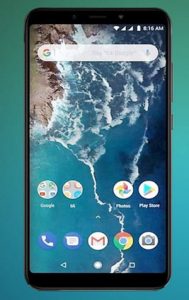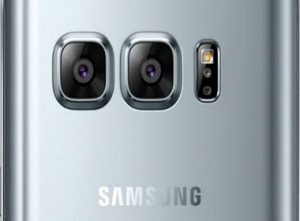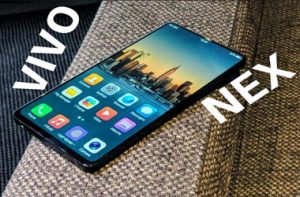 Game of Thrones series is based on the best-selling novel of George R R Martin called “A Song of Ice and Fire”, HBO recreated the medieval fantasy-thriller into one of the most popular series ever and then Microgaming brought all the character to reel life via its phenomenal casino slot.
Game of Thrones series is based on the best-selling novel of George R R Martin called “A Song of Ice and Fire”, HBO recreated the medieval fantasy-thriller into one of the most popular series ever and then Microgaming brought all the character to reel life via its phenomenal casino slot.
The HBO television series’ first episode was broadcasted on the 17th of April 2011, within weeks the popularity increased and by the 17th of July 2017 over 16 million people turned into the live broadcast of the seventh season, which made Game of Thrones the most watched series worldwide. The final episode is scheduled for 2019, and while thousands of fans are counting off the days, towards the start of the last season, even the theme song composed by Ramin Djawadi is now the most famed of all series tunes.
Microgaming First to Launch HTML5 Mobile Games
Game of Thrones slot by Microgaming launched simultaneously across all platforms, and mobile users can choose between the 243 ways to win or the 15 payline versions. It is ingenious and incredibly entertaining, nothing short of what is to be expected from the leading online casino software developer. Technologies used to develop Microgaming’s products include C++, Adobe Flash, C#.NET, Android and Java to offer players a rich and stable gaming experience, games can be enjoyed directly from mobile browsers while the download Viper casino is developed in C++ to provide the best sound and graphics capabilities.
Microgaming Games Perfect for Apple, Blackberry and Android
The benefit of enjoying Microgaming games, offering some of the highest quality slots on smartphones and other mobile device via HTML5 is that games automatically detect and adjust to screen resolutions and scale to offer the best fit. Whether players select to download games such as Games of Thrones or play via their internet browser the new generation of devices such as the Xiaomi Mi A2 Lite, Vivo Nex, iOS 12 or Nokia 8 Sirocco are bound to offer visuals and sound effects that will take gaming to an extraordinarily new level.
Technology Continues to Penetrate Deeper into Our Lives
Recent statistics released by the mobile phone industry indicates that we all check our phones around 47 times per day, by the start of 2018 over 3.7 billion individuals are mobile users with the strongest growth in ownership was amongst people of 55 years or older. 69% of online shoppers use their smartphones to place orders and research products, while 68% of businesses focus stronger on mobile marketing than ever before. Due to the convenience, the variety of functions made easy via mobile devices and the ability to either relax via casino gaming or use cool apps that can help you make money. It comes as no surprise that technology continues to infiltrate deeper into our lives.


 Finally, a phone that demonstrates everything a mobile of the future can be and with Vivo’s Nex it all starts with the full HD+, bezel-less Super AMOLED 6.59-inch display and resolution of 1,080 x 2,136 pixels. It offers a clean look with no front speaker grill cluttering the front, while a powerful 845 Qualcomm Snapdragon processor powers it and the fingerprint reader is assimilated into its screen.
Finally, a phone that demonstrates everything a mobile of the future can be and with Vivo’s Nex it all starts with the full HD+, bezel-less Super AMOLED 6.59-inch display and resolution of 1,080 x 2,136 pixels. It offers a clean look with no front speaker grill cluttering the front, while a powerful 845 Qualcomm Snapdragon processor powers it and the fingerprint reader is assimilated into its screen.